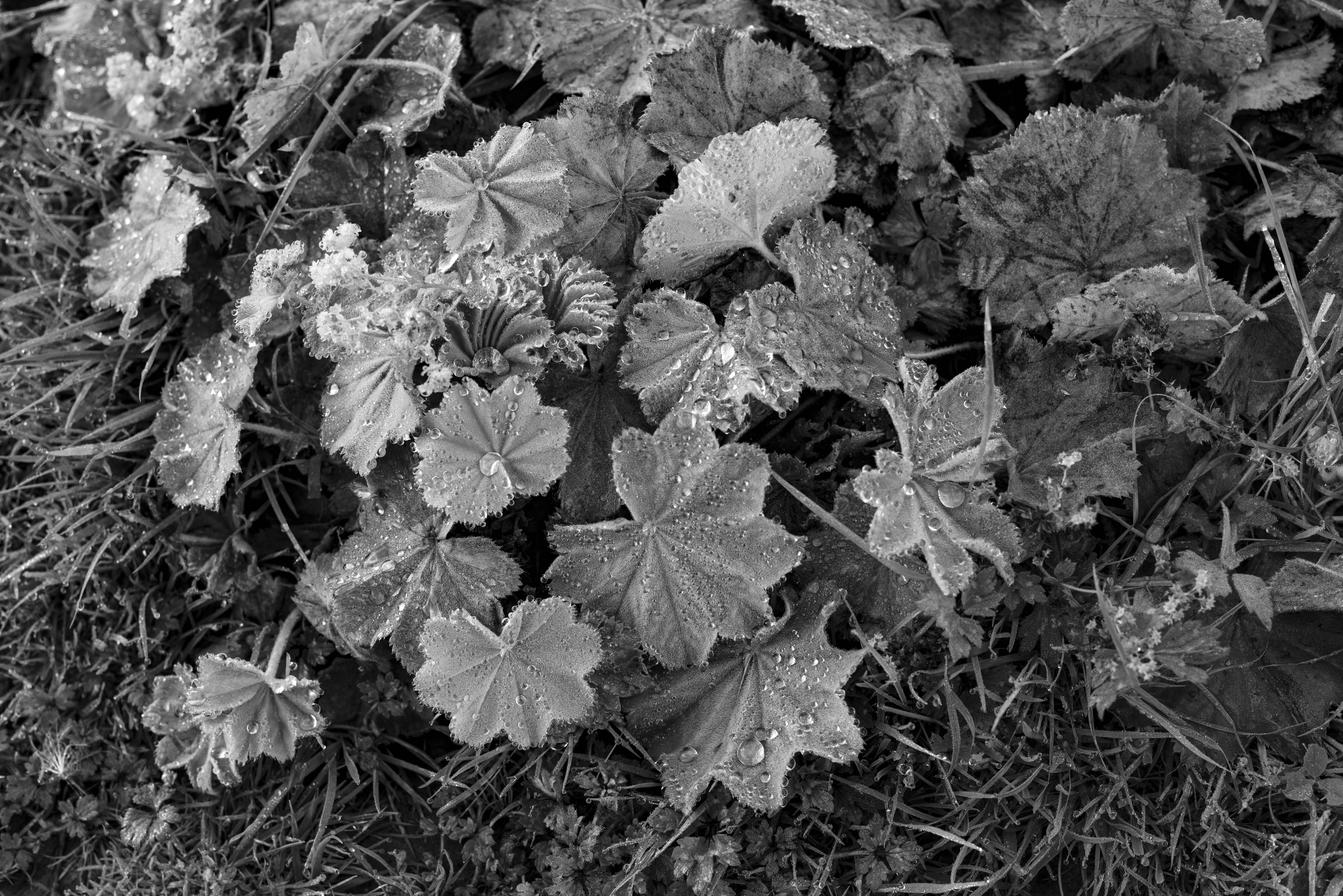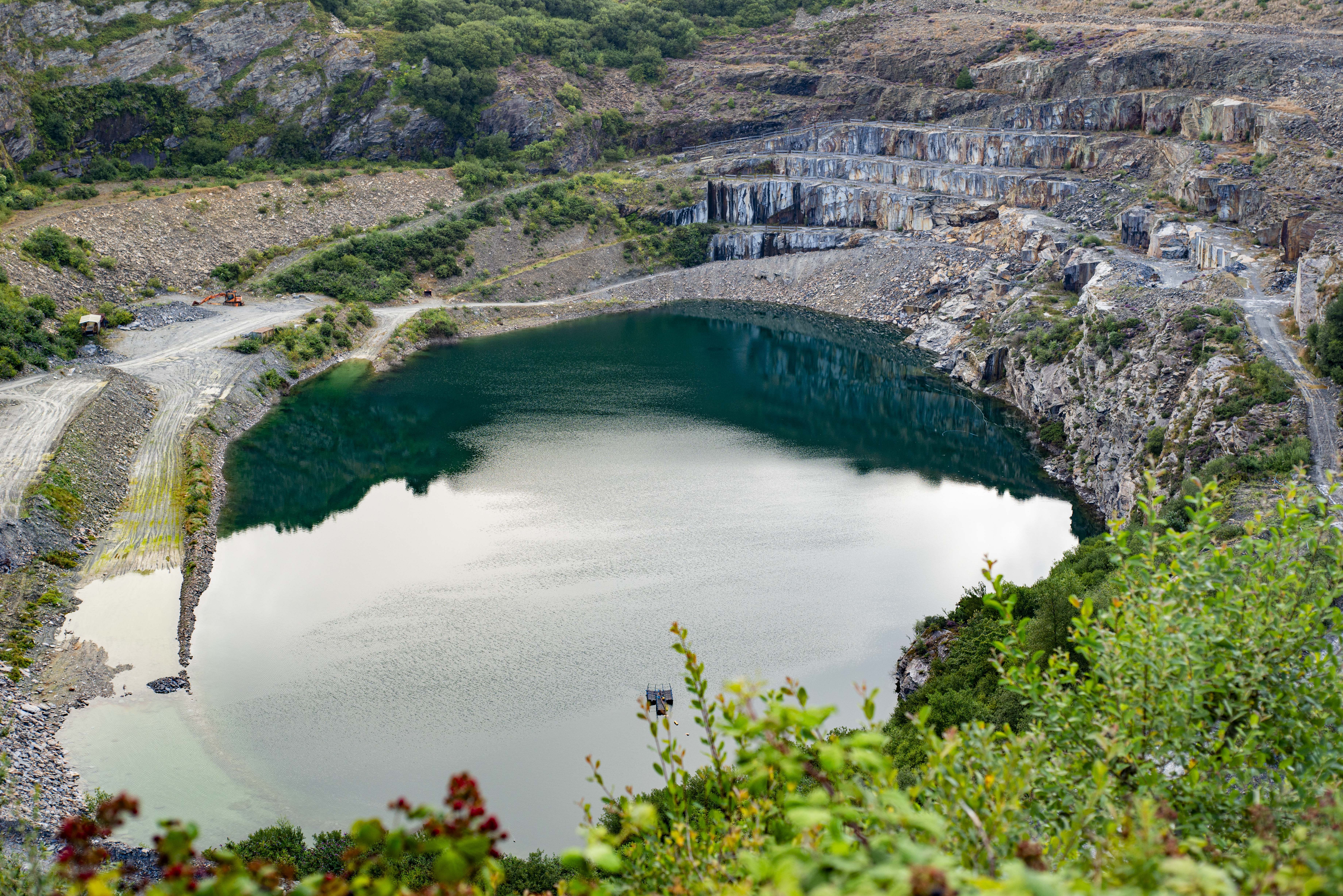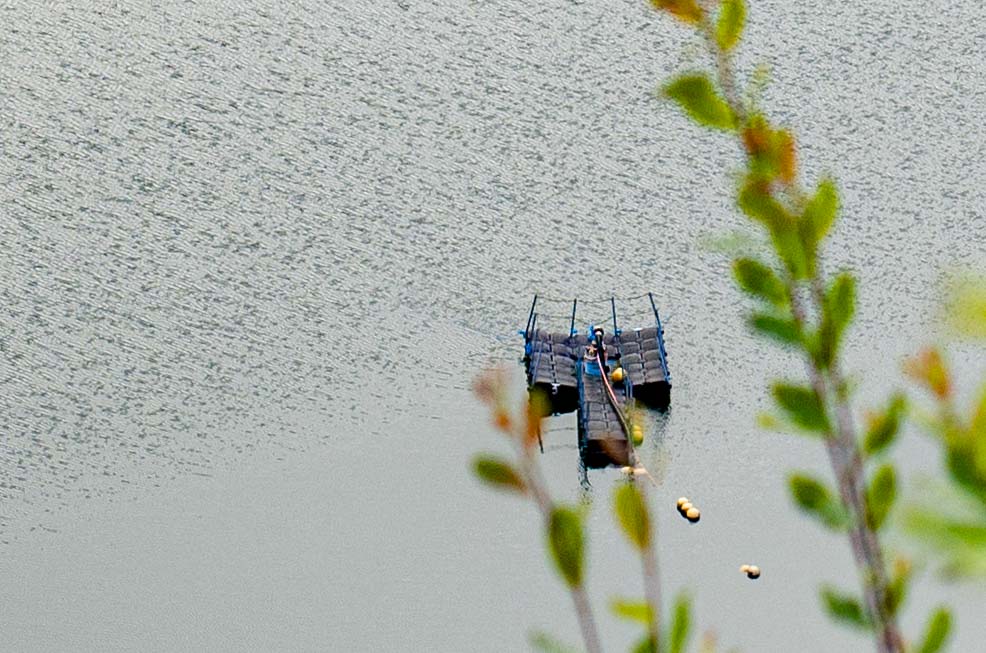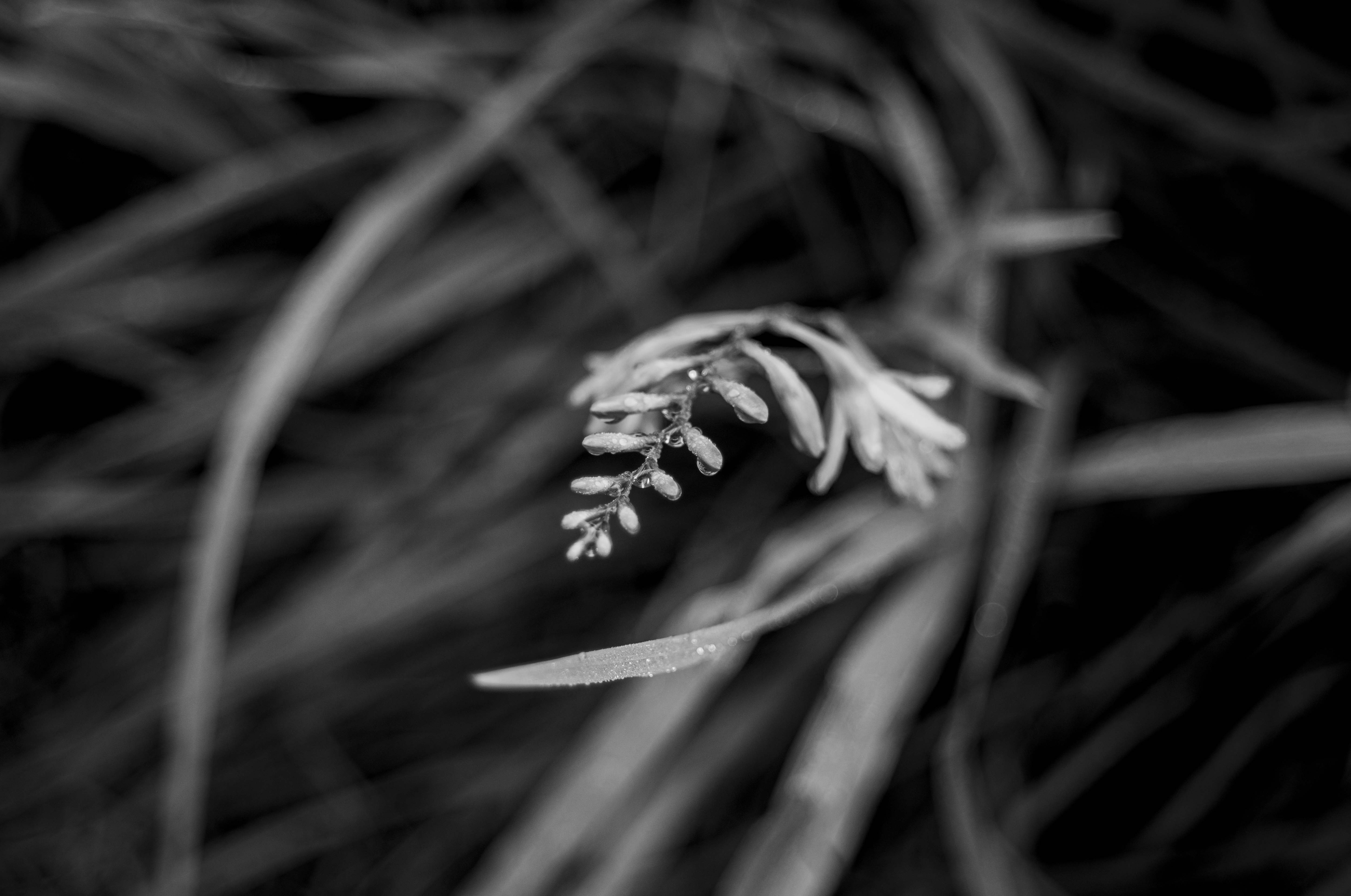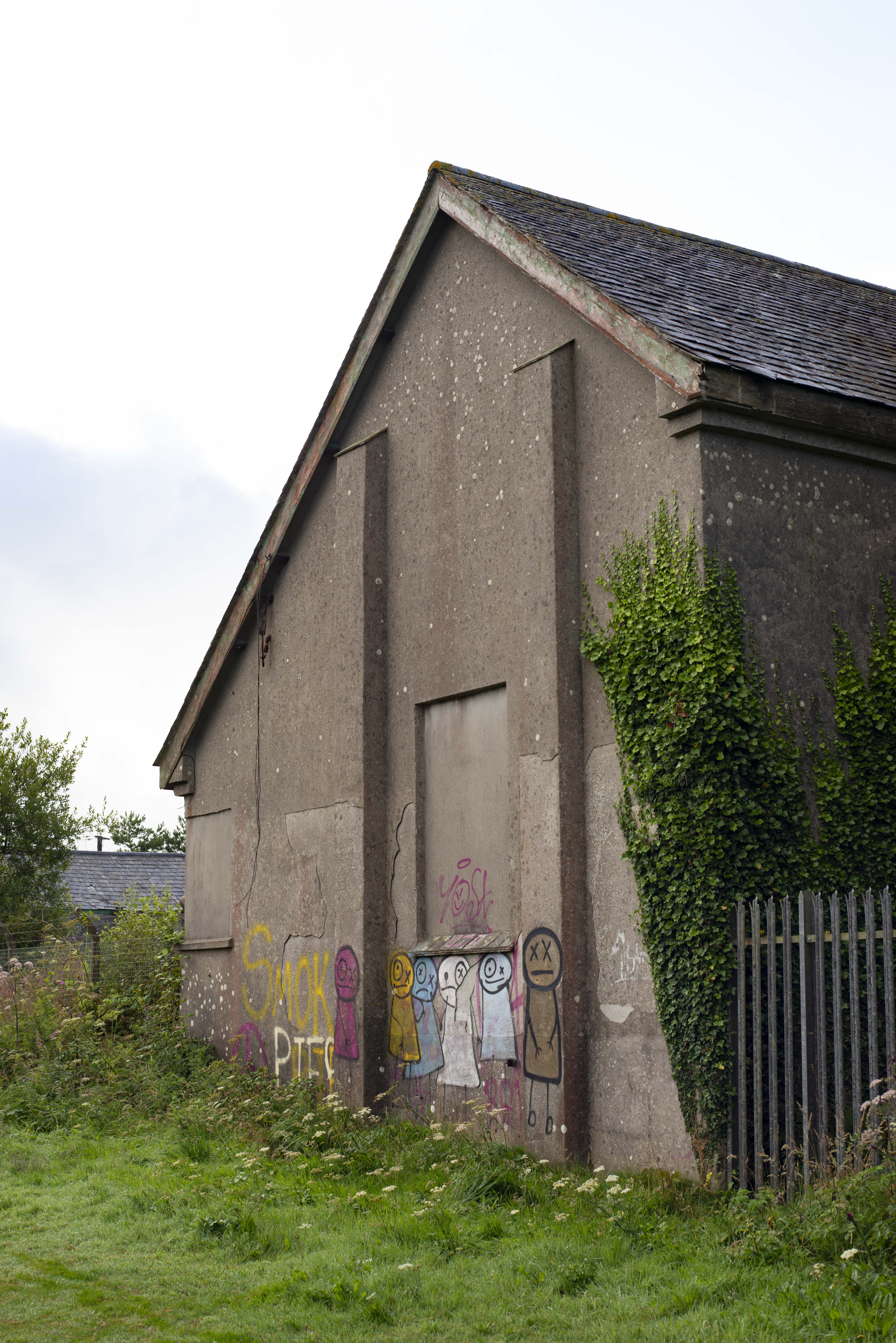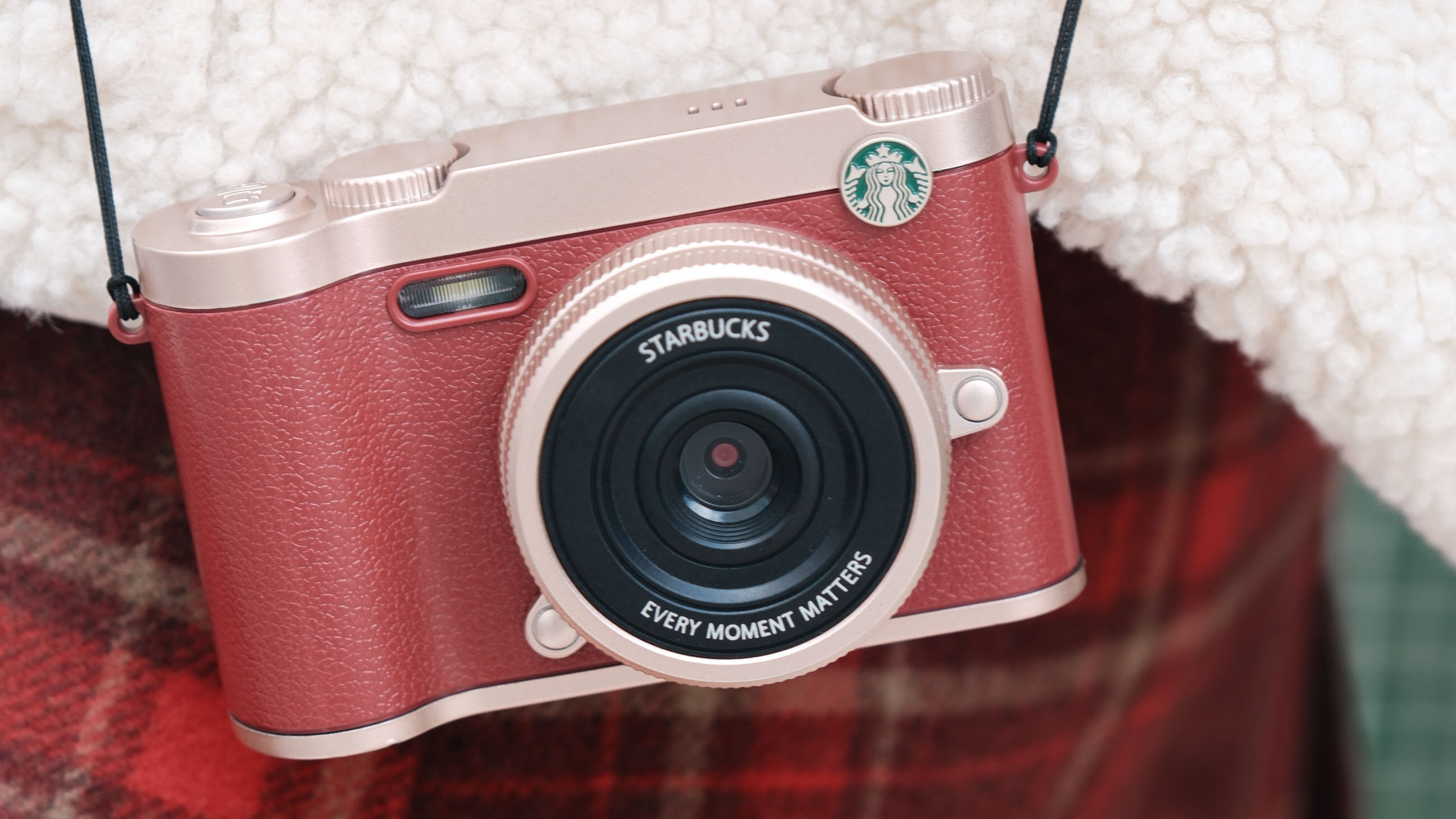I replaced my most used lens with one from the 1960s and I couldn't be happier
This vintage Nikon lens is incredible… it's from the Sixties, and now it's my main shooter for everything!
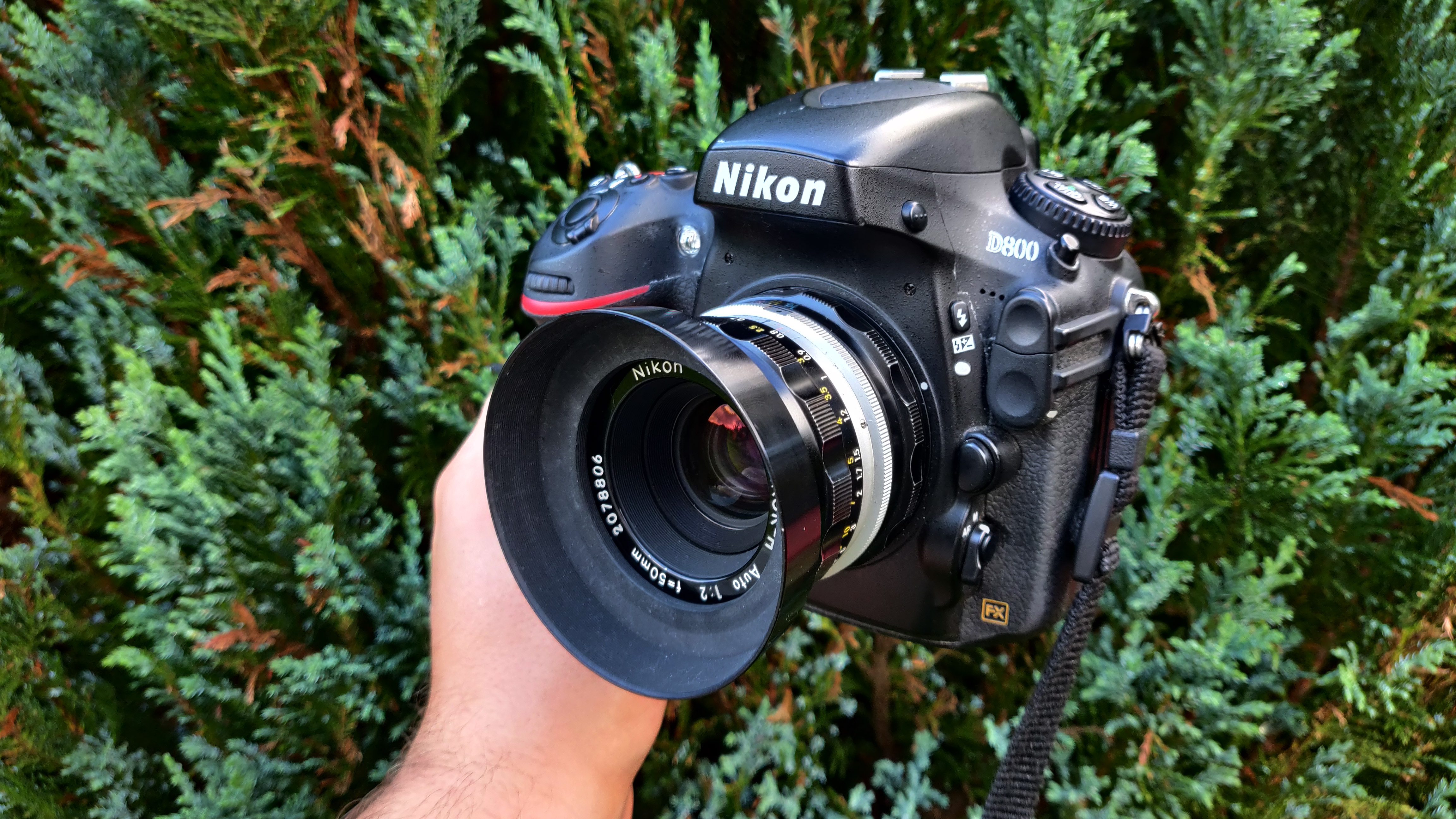
I have a theory that most photographers go through phases in their work. It could be that this involves changing what you want to shoot, switching between the best mirrorless cameras on the market to find a different camera system that suits your workflow better, or changing lenses, either type or focal length.
I've also been through these phases in my professional photography career, and while I've now switched from being a professional sports photographer to someone who's trying to find beauty in the mundane through street and documentary-style photography I've seen my gear change from multiple cameras and lenses to just one camera and one lens most of the time: a 50mm now being my focal length of choice.
While I love my 50mm on my Leica M-E for digital work, my Leica M2 is still in its 6-month turnaround to be fixed so my trusty Nikon F5 is keeping my analog photography going with a Nikon Nikkor AF 50mm f/1.8D, and I don't like the way that lens renders anything, on film or digital via my Nikon D800.
So I did something drastic and picked up a 1960s gem, the Nikon Nikkor-H Auto 50mm f/2, and that gave me 'the look' my modern glass could not achieve. Plus it is by far the sharpest lens I've ever used both on film and in my digital work!
The 50mm Nikkor-H Auto was made between 1960 and 1972 for the famous Nikon F camera and this incredible lens stole the hearts of many photographer at the time for its easy-to-focus nature, as well as being very sharp.
One thing all you hawk-eye Nikonians will know is that this lens is what they call a 'Non-AI' lens – meaning it does not offer 'Auto Indexing'. This is a fancy way of saying most of the best DSLRs from Nikon won't be able to read what aperture you are on, and neither will advanced film cameras like the Nikon F5.
'Hang on, he just said he uses it on a Nikon F5 and D800?' you might be saying at this point. That's because, with a little DIY, I made this wonderful lens – that most think is now useless – useable on my Nikon cameras. That is a story for another time, I'm afraid, but the results are incredible – but they really shouldn't be if you read the specs on paper.
The best camera deals, reviews, product advice, and unmissable photography news, direct to your inbox!
The 'H' in Nikkor-H stands for Hex, meaning this little gem only features 6 elements and is coated, but not multi-coated, so the lens has a slight blue-ish tone to it when you hold it to the light.
Everything would make you believe that by today's standards, this lens would fall by the wayside, even when compared to my 'newer' f/1.8D lens, but that's so far from the truth. This 50mm f/2 lens from the 1960s is the BEST and SHARPEST lens I have ever used (capital letters fully intended), and its focus tab is one of the smoothest and easiest on any Nikon lens I've used. It gives off, dare I say it, a 'vintage' look to my photos that I've been missing, teamed up with its incredible sharpness wide-open. I was so convinced it made me list my Nikon AF 50mm f/1.8D on eBay within record time of being able to use this lens on my cameras.
I guess the time-honoured adage "old is gold" is true in this case, and I could not be happier to be able to use this remarkable lens that I picked up for a mere $51 / £40. That price included the original lens hood, which, if lost, can be the same price as the lens itself!
It just goes to show if it was good enough to be capturing world events as they happen in the hands of some of the best documentary photographers of its era, it's certainly good enough for me - and it looks incredible too!

For nearly two decades Sebastian's work has been published internationally. Originally specializing in Equestrianism, his visuals have been used by the leading names in the equestrian industry such as The Fédération Equestre Internationale (FEI), The Jockey Club, Horse & Hound, and many more for various advertising campaigns, books, and pre/post-event highlights.
He is a Fellow of the Royal Society of Arts, holds a Foundation Degree in Equitation Science, and holds a Master of Arts in Publishing. He is a member of Nikon NPS and has been a Nikon user since his film days using a Nikon F5. He saw the digital transition with Nikon's D series cameras and is still, to this day, the youngest member to be elected into BEWA, the British Equestrian Writers' Association.
He is familiar with and shows great interest in 35mm, medium, and large-format photography, using products by Leica, Phase One, Hasselblad, Alpa, and Sinar. Sebastian has also used many cinema cameras from Sony, RED, ARRI, and everything in between. He now spends his spare time using his trusted Leica M-E or Leica M2, shooting Street/Documentary photography as he sees it, usually in Black and White.
